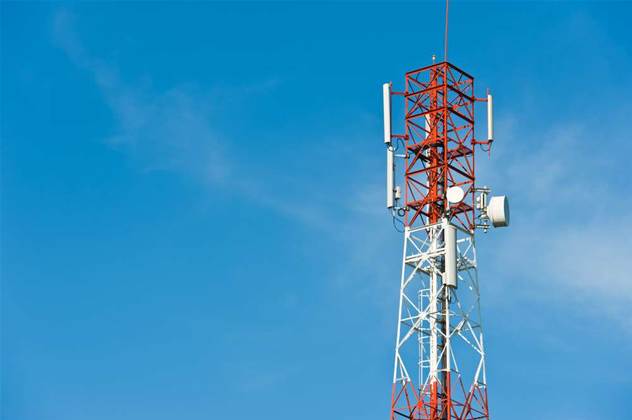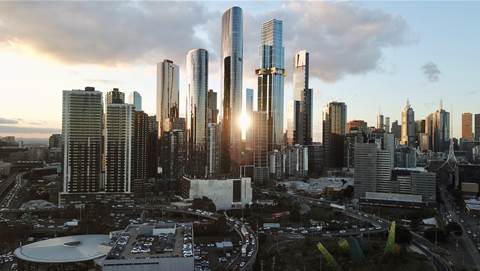Fierce demand for regional 5G spectrum created a windfall for the federal government as major telcos forked out up to 50 times above the reserve at a recent auction.

After weeks of speculation, auction overseers the Australian Communications and Media Authority (ACMA) finally revealed the results of an auction of 3.6GHz spectrum held in November.
In total, the government raked in $853 million.
Telstra paid $386 million, a TPG-Vodafone joint venture entity $263 million, Optus Mobile $185 million, and Dense Air $18.5 million.
There appeared to be little appetite to overpay for the metropolitan spectrum, with the prices equal to the reserves set for the auction.
However, it was a different story for regional spectrum, which accounted for over $700 million of the result.
Spectrum is priced using a formula of $/MHz/head of population. The government had put a low price of $0.03 per MHz per member of population in regional parts of Australia.
Two zones in particular - “Regional Northern NSW/Southern Queensland” and “Regional Southern/ Western NSW” commanded huge prices.
Regional Northern NSW/Southern Queensland had a starting price of $344,000 per 5MHz lot, but telcos - Telstra, Optus, and TPG-Vodafone - drove the price per lot up to $7,998,800. That is some $0.70/MHz/pop, well above the $0.03 reserve.
In Regional Southern/ Western NSW, the price was even higher. The reserve of $266,000 per 5MHz lot was smashed, with telcos paying $11,269,900 per lot - or a shade under $1.50/MHz/pop.
Put a different way, 56 percent of the total auction takings are a result of competition in the regional NSW to southern Queensland corridor.
The prices for regional spectrum were broadly on par with prices paid similarly at the end of last year for a handful of lots in adjacent bands. At the time, Telstra paid $0.50/MHz/pop for some Brisbane spectrum, while NBN Co paid up big for some Tasmanian spectrum.
In the lead-up to this latest auction, the government had been worried that the proposed Vodafone-TPG merger - and its decision to bid jointly - would remove some competitive tension from the auction process.
The regional portion of the auction suggests otherwise, though even overall, some telcos thought the prices paid were too high.
Vodafone CEO Iñaki Berroeta called out the total $853 million paid across the board, which ACMA said equated to around $0.29/MHz/pop.
“While we are pleased to have secured spectrum licences in every available area, robust competition for artificially limited supply saw the companies participating in the auction pay some of the highest per MHz per pop prices for 5G spectrum in the world so far, with an average price of 29c/MHz/pop,” Berroeta said.
“It’s clear there is high demand for 5G spectrum, and more suitable spectrum needs to be made available by government.”
Telstra said in a statement it was pleased with what it had been able to purchase.
“Combined with existing holdings, Telstra now has 60 MHz of contiguous 5G spectrum in all major capital cities and between 50-80 MHz of contiguous 5G spectrum in all regional areas,” it said.
The ACMA said that the licences won at auction “will commence in March 2020 and will extend until 13 December 2030”.
Further comment was being sought from telcos at the time of publication.

















.png&h=141&w=208&c=1&s=1)

